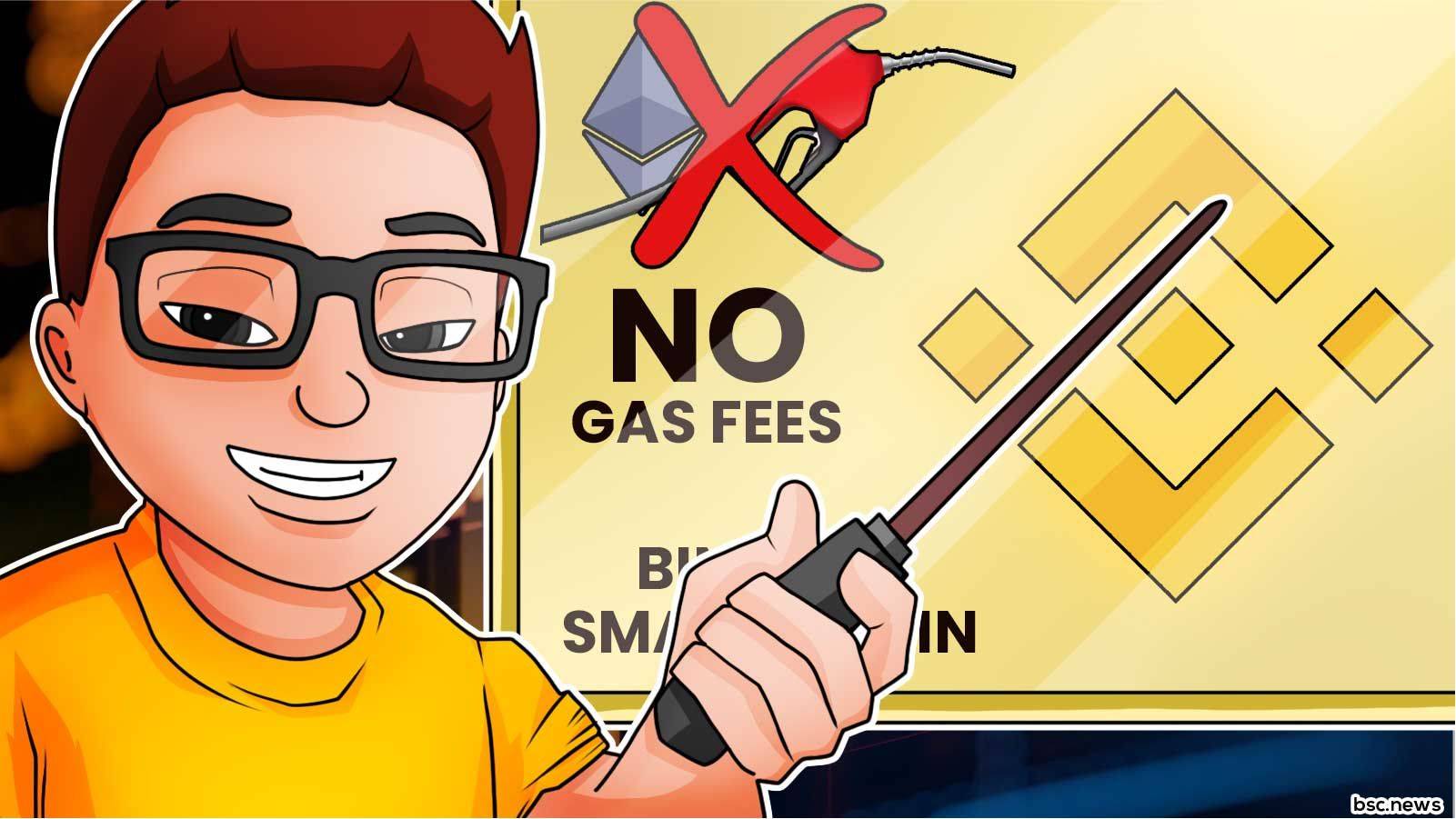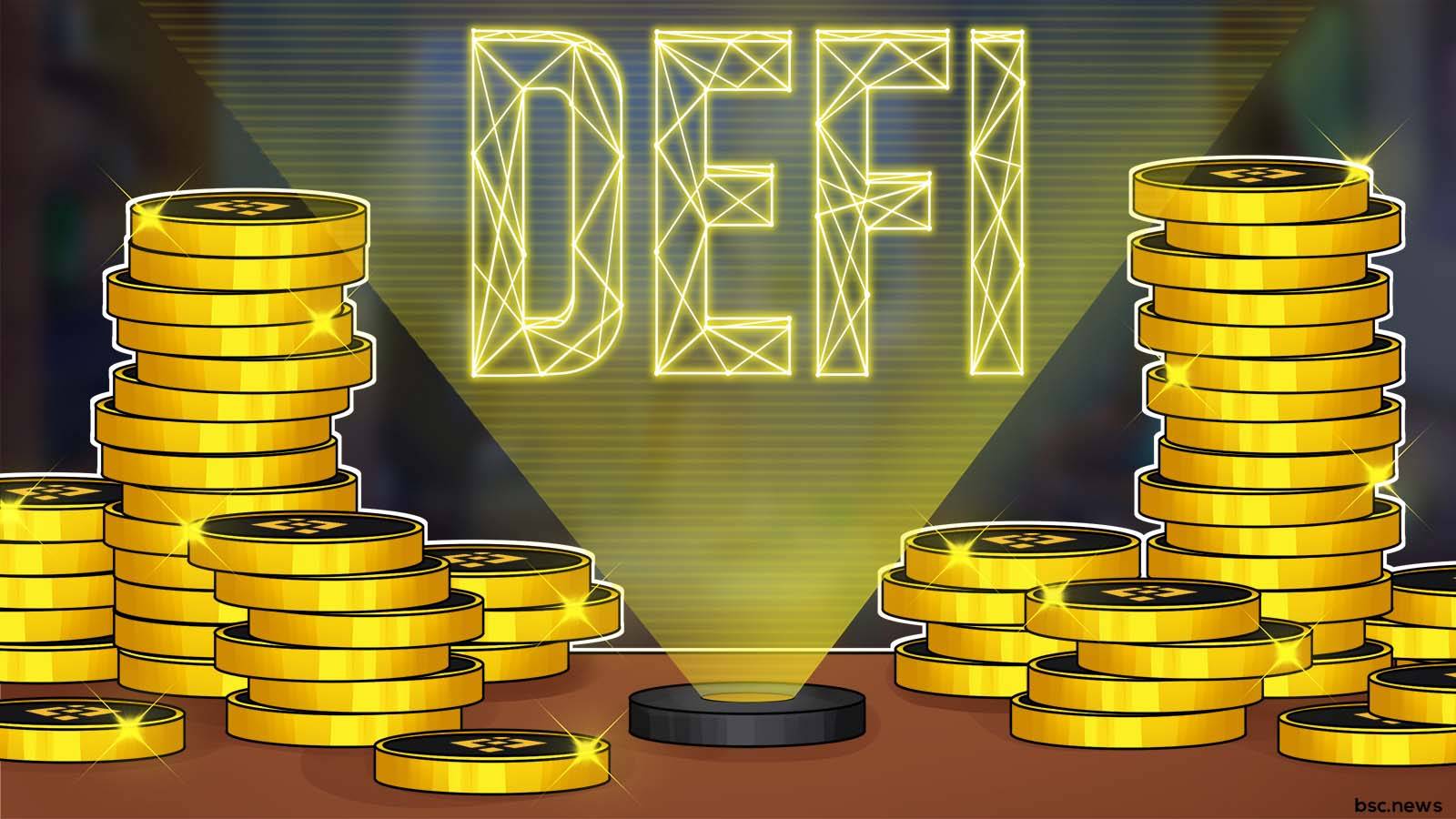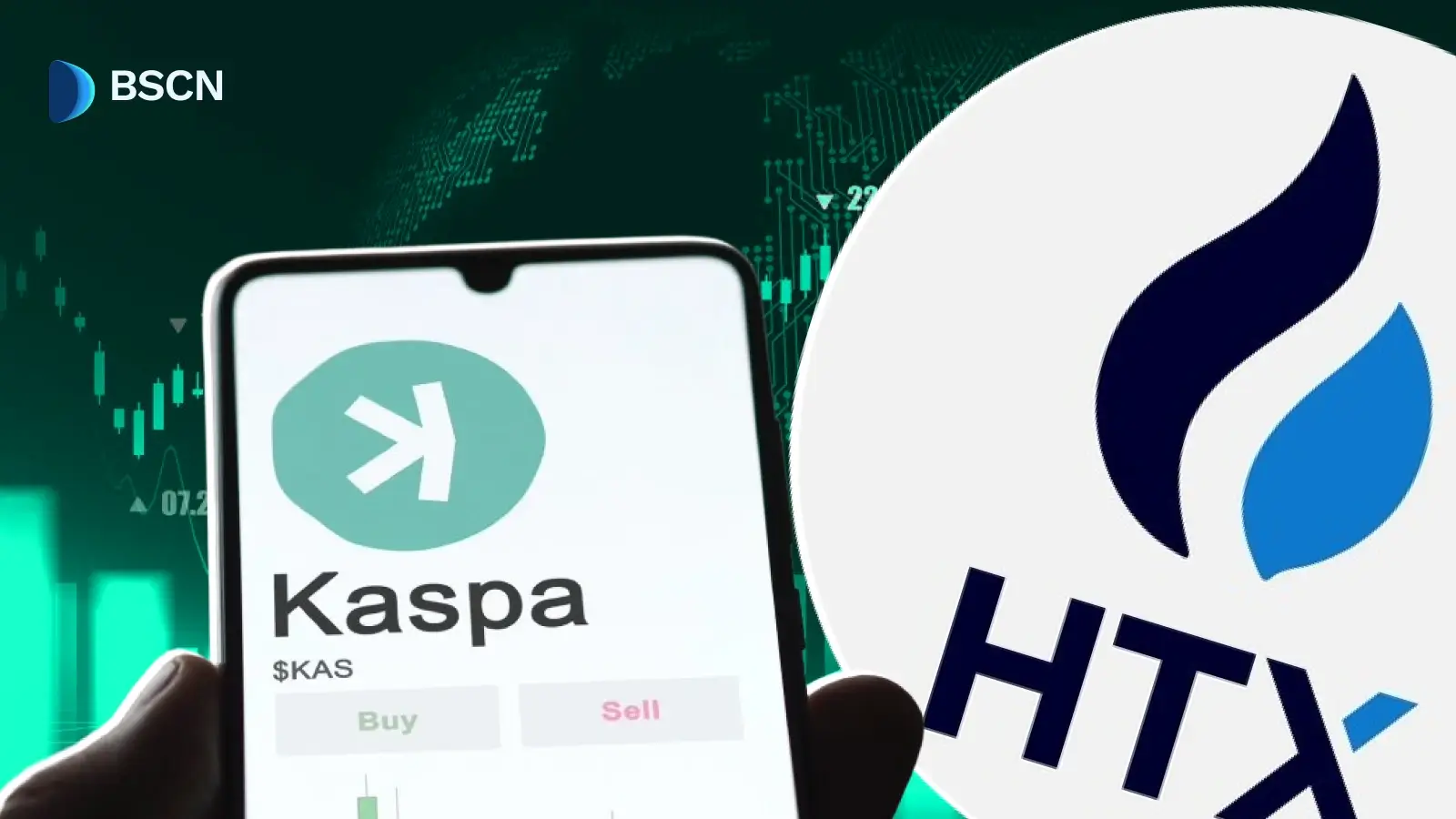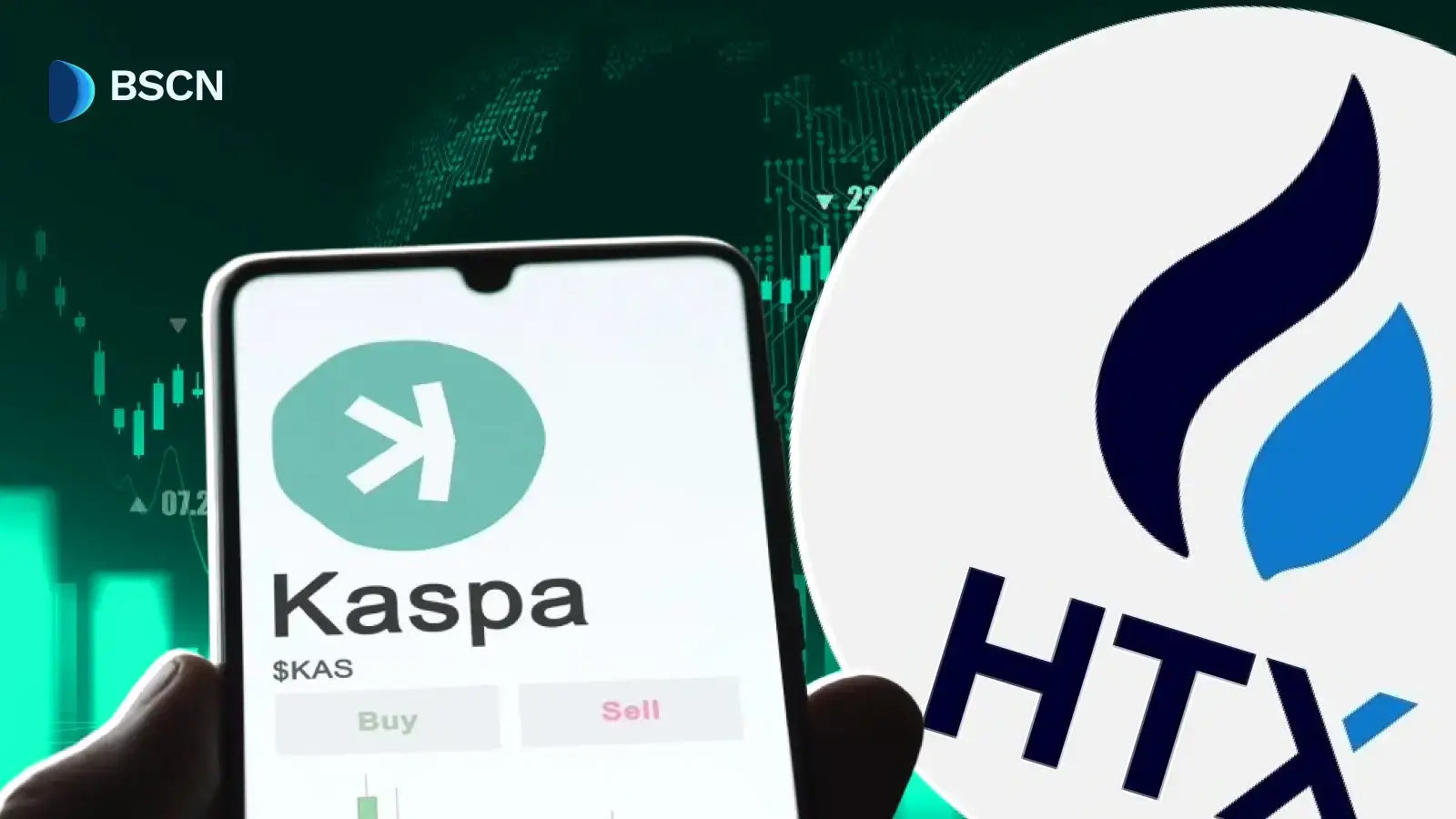WEB3
(Advertisement)
What are Decentralized Exchanges

Decentralized exchanges (DEX) leverage block-chain technology; instead of relying on a centralized entity, a network of computers is used to complete and verify transactions.
BSCN
January 8, 2021
(Advertisement)
Table of Contents
What are DEXes
Decentralized exchanges incorporate block-chain technology, and instead of relying on a centralized entity, a network of computers is used to complete transactions. Due to this system, DEXs can allow users to keep custody of their keys and crypto. On top of this, DEXs are genuinely peer to peer as smart contracts or relayers will directly match buyers and sellers.

Order Books (On and Off-Chain)
Traditional markets operate with order books, which match buyers and sellers depending on their reservation prices. This gets a bit tricky to do on a DEX as network nodes will need to record all transactions, meaning miners must verify every-single transaction. These systems run into front-running issues as all transactions must be verified, which takes time, especially on ETH. This means that people can view the transaction queue and jump ahead large orders, causing slippage to DEX users, while the “front-runner” profits.
Other DEX’s have adopted Off-Chain order books, which create quasi decentralized exchanges. Instead of the order-book being on-chain and verified by the various nodes, a centralized entity hosts the order book. Since these transactions are verified off-chain, it is not truly decentralized. To execute trades, orders are recorded on a separate server that is then communicated to the block-chain using relayers.
Examples include:
On-Chain: Bitshares, StellarTerm
Off-Chain: Binance DEX, 0x and EtherDelta
What is an Automated Market Maker

The more widely adopted DEX’s use Automated Market Maker technology, which has recently boomed due to the De-Fi wave. AMM’s ditch traditional order books for liquidity pools, which automatically execute trades following a smart contract. These DEX's allow users to make the market by depositing liquidity and are incentivizes users through transaction fees. Most AMM’s also offer additional incentives in governance tokens to ensure the platform has ample liquidity.
CEX vs. DEX
So, where is the appeal behind DEX’s vs. traditional CEX’s? DEX’s appeal to many users as traditional Centralized Exchanges (CEX) have many weaknesses concerning coin custody, identity breaches, server downtime, fees, and even insider trading. DEX’s address many of these problems, especially as they continue to develop and innovate, improving on these weaknesses further.
DEX’s offer users a secure, open, and permissionless way to swap their cryptocurrencies. Typically the new user experience begins with signing up for a Centralized Exchange and then undergoing Know Your Custom (KYC) polocies. On top of this, the users must “trust” the centralized entity as they have custody of their assets, as well as their information. As previously mentioned, this is not the case for DEX’s, which allow users to begin trading instantly as long as theyy have a wallet.
Weaknesses of DEX
Due to no centralized entities making the market DEX's can struggle to maintain ample liquidity for specific token pairs. Typically CEX’s have very deep liquidity allowing buyers and sellers to agree on prices easier through keeping the spread tight. Due to DEX's niche nature that relies on liquidity providers to create market depth, certain low demand token pairs may not be offered or may trade at premiums. DEX’s combat this through providing liquidity incentives, but the issue is still prevalent in specific scenarios.

While CEX’s may not be the best option, they are much more convenient for new users. Traditional order-books and CEX UI’s offer users an effortless and instantaneous trading experience. On the other hand, DEX’s on networks such as Ethereum will face 10-15 seconds transaction times, which offer basic UI/UX. On top of this CEX’s are much more forgiving allowing users to recover funds and accounts easier, whereas if a user loses their wallet code, their crypto is un-recoverable.
Looking Ahead with DEXes
Decentralization has been a growing focus in crypto markets. As the space continues to innovate, DEX, technology will follow. Overall there are multiple On-Chain, Off-Chain, and AMM DEX’s that all provide innovation to the space. As the DeFi space continues to expand rapidly, we can expect DEXs to experience an influx of volume.

Keep an eye on these exchanges as they capitalize on traditional exchanges’ weaknesses and continue to innovate as the space grows.
Don’t forget to download the BSC News mobile application on iOS and Android to keep up with all the latest news for Binance Smart Chain and crypto!
Read Next...
Disclaimer
Disclaimer: The views expressed in this article do not necessarily represent the views of BSCN. The information provided in this article is for educational and entertainment purposes only and should not be construed as investment advice, or advice of any kind. BSCN assumes no responsibility for any investment decisions made based on the information provided in this article. If you believe that the article should be amended, please reach out to the BSCN team by emailing [email protected].
Author
 BSCN
BSCNBSCN's dedicated writing team brings over 41 years of combined experience in cryptocurrency research and analysis. Our writers hold diverse academic qualifications spanning Physics, Mathematics, and Philosophy from leading institutions including Oxford and Cambridge. While united by their passion for cryptocurrency and blockchain technology, the team's professional backgrounds are equally diverse, including former venture capital investors, startup founders, and active traders.
(Advertisement)
Latest News
(Advertisement)
Crypto Project & Token Reviews
Project & Token Reviews
Comprehensive reviews of crypto's most interesting projects and assets
Learn about the hottest projects & tokens
















